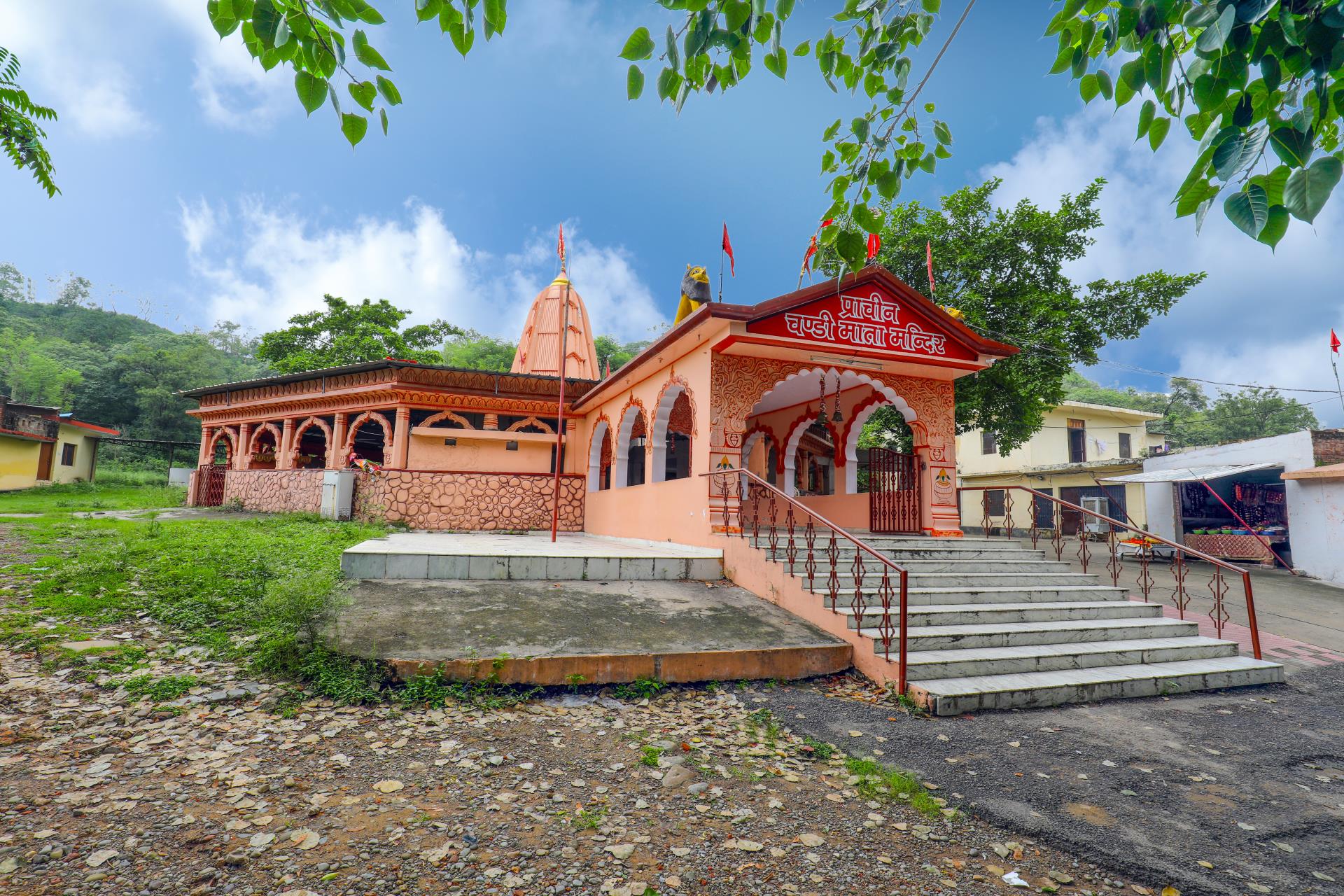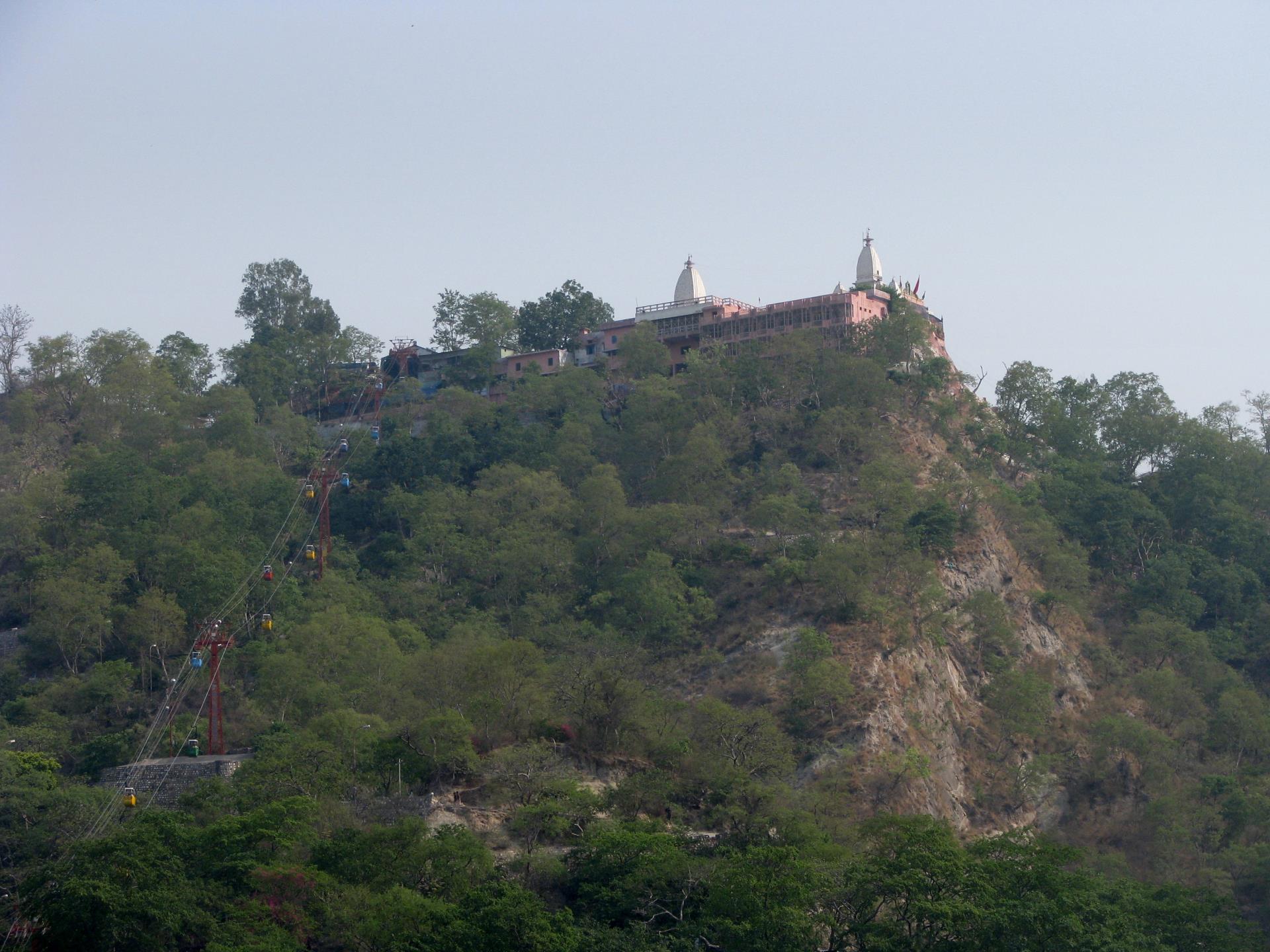
Sorry, we couldn't find anything that matches your search.
Destination

Famous Places to Explore in Hyderabad
A vibrant city with the imposing...

Raipur Tourist Places | Best Place to Visit
The stronghold of several erstwhile...

Ahmedabad
Declared as India's first UNESCO World...
#
The grand Kumbh Mela is organised on a massive scale every 12 years and sees millions of people visiting Haridwar (the figure has gone up as high as 10 billion). The Ardh Kumbh, held every six years, is another mega event along the same lines. There is an interesting story behind the origin of this popular festival. The gods (devtas) and demons (asuras) were fighting over the pot of nectar (kalasha of amrit) that they had found during the churning of the primordial sea (Samudra Mathan). Since the demons were more powerful, the gods entrusted the pot of nectar to four devtas - Brahaspati, Surya, Chandra and Shani, who ran away with it to keep it safe. The demons chased after them for 12 days and nights around the earth. During the chase, the gods kept the pot at Haridwar, Prayag, Ujjain and Nashik. Another legend says that a fight ensued between the gods and demons in which the pot tipped over, and the nectar fell at these four places. And today, the Kumbh Mela is held at these four destinations, once every 12 years. It sees the participation of saints, yogis and priests from across India. From the Naga sadhus who do not wear clothes and smear their bodies with ash, the Urdhwavahurs, who are willing to undergo severe austerities in their pursuit of the Almighty, the Parivajakas who use bells to communicate as they have taken a vow of silence, the Shirshasins who stand on their heads to meditate for hours on end to the Kalpvasis, who spend the Kumbh month mediating on the banks of Ganga, bathing in it thrice and performing religious rituals, all are in attendance at the mela. During the Kumbh, the waters of Ganga are said to be charged with positive healing effects with enhanced electromagnetic radiations of the sun, the moon and Jupiter.








